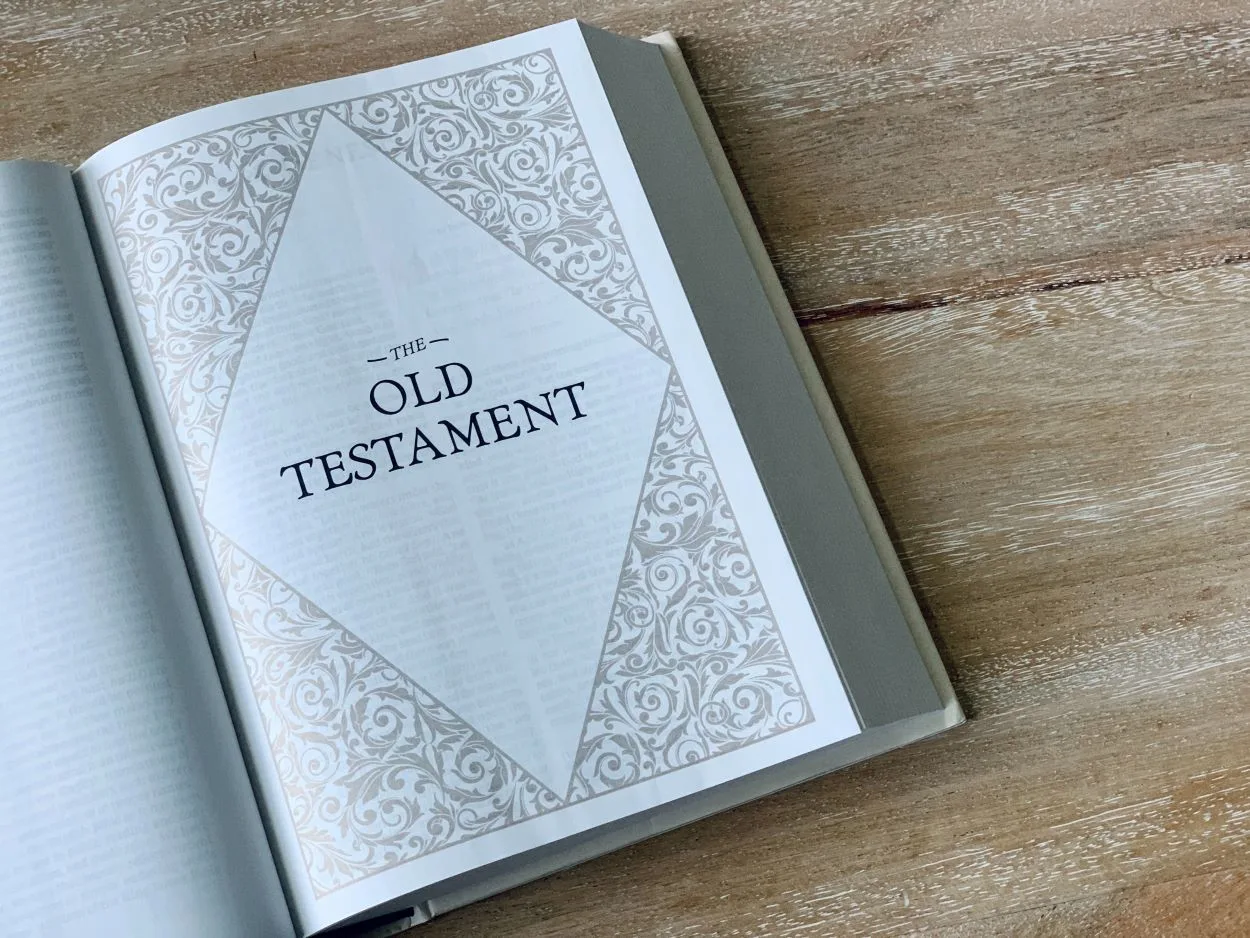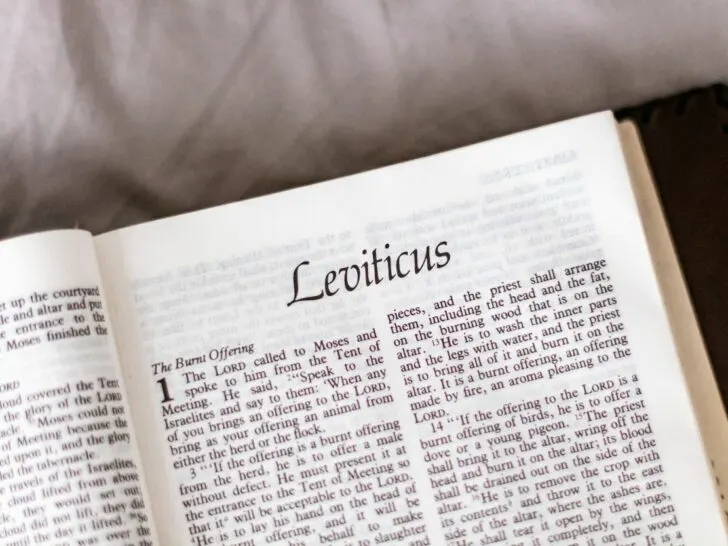The Bible and other Holy Books contain several instructions, clearly describing the punishments of a sinner according to the sin he commits. According to the Bible, the true believers of God have to give offerings whenever they are found guilty. Offerings, however, have more than one significance. Another meaning of offerings is that it shows the act of gratitude to God, who has enriched us with all the blessings of life.
During Moses’ time, God gave the people of Israel clear instructions on what and how much they should contribute to God. According to history, wheat, barley, oil, and animals were the most typical offerings. The amount should be one-tenth of their income; from a monetary perspective.
On the other hand, the Old Testament revealed some sacrificial offerings. It tells about a system in which humans must repent for their sins. Therefore, in the context of the Old Testament, there were five sacrificial donations; burnt, sin, grain, peace, and the guilt offering. We will discuss the difference between a sin and a burnt offering. But before that, it is necessary to have a brief discussion on all five offerings.
Old Testament & Five Sacrificial Offerings
The Old Testament’s sacrificial system was a source of mercy through which a person who unintentionally sinned could make restitution without paying with his life or the life of his children. Outwardly, the system portrays an individual’s or a community’s inner yearning to mend the broken bonds between humanity, God, people, and the rest of the planet.
The description of the five offerings below will help to comprehend what instructions each of them contains exactly.
The Burnt Offering
The first offering is “Burnt Offering,” explained in Leviticus 1, which means “ascension offering,” generally it was to atone oneself for the sins and symbolized devotion to God.
The Book of Leviticus has instructions related to Burnt Offering. It explicitly mentions the names of animals that should be given for a burnt sacrifice. The sinner should offer a bull, sheep, goat, bird-like dove, or pigeon for burning. The ritual was to burn the animal overnight and deliver the skin to priests.
However, Israelites used to burn children in the darkest periods of their history. But according to Genesis 22, God forbids taking burnt offerings of children.

The Grain Offering
The second type of offering described in the Old Testament was a “Grain offering.” The meaning of this offering is that; it is a deliberate act of devotion to God, acknowledging His mercy and providence. Leviticus contains information about grain offerings.
It’s said to provide a piece of the grain that should be grilled, roasted, or mixed in cereal. The instruction was to burn a small portion of the grain, and the rest would become an offering for humans, a meal for priests.
While in Genesis, previous commands for freewill gifts showing love to God and thanks for His favor were to offer the “first fruit” of the cattle.
The Peace Offering
The third type of offering was the “Peace offering.” The objective of the peace offering was to dedicate and share a meal between some parties before God and enjoy that meal in peace and pray for each other’s future success. Leviticus mentioned peace offerings: thanksgiving, free will, or wave offering.
The Sin Offering
The fourth type was “Sin-offering.” This sacrifice was an atonement for unintentional sin. When a person is guilty, this reflects a guilt offering, as it absolves one of the repercussions of not being faultless. Some people call it “Purification Offering” rather than “Sin Offering.”
This offering’s primary goal is to purify oneself in preparation for reentering God’s presence, not atone for transgressions. The parts of a “Purification Offering” might be any of the preceding three sorts of offerings, except that, unlike the Peace Offering, the meal was not to be enjoyed by the one making the sacrifice.
The Guilt Offering
The fifth type of offering was“Guilt offering.”In contrast to the English word “guilt,” it refers to anything owed for “sin” rather than a question of conscience. The “Trespass Offering” or the “Reparation Offering” are two other names for this offering.
The goal of this sacrifice was to make up for one’s sin. This offering was related to financial affairs. The person who had to pay another person’s debt should offer 20 % to the priest who helped in these exchanges.

What Is The Underlying Message?
The law of these offerings almost necessitates a three-pronged approach.
To begin with, first and foremost, they give a message to the Israelites to establish and maintain a proper connection with God.
Secondly, they represent Jesus Christ and a portrayal of His atonement on behalf of His people.
Third, they serve as a model for how we should approach and repent to God.
The contrast between the Old Testament Israelites and the New Testament saints is that the Israelites were to do what the New Testament saints were not to do.
The Books of Leviticus and Genesis provide all the information about the offerings. Because both the sacrifice and the burnt offerings were related to atonement for sin and devotion to God, they may appear very similar. But they are different. Therefore, we may now discuss the difference between sin and burnt sacrifices because all five have a clear description above.
Difference Between A Burnt-Offering & A Sin-Offering
We are humans, and we commit different types of sins in our life. It is essential to repent to God and not to commit them repeatedly.
God is very kind, merciful, and compassionate. We have limited intellect. We cannot imagine and count the mercies He bestowed upon us.
Burnt and sin offerings are two out of five legitimate offerings mentioned clearly in Leviticus 1 and 4.
Burnt Offering Vs. Sin Offering: Literal Meaning
The literal meaning of both the offerings is that sin offering was an offering of the committed sin, which means taking charge of all the sins upon oneself.
As mentioned in books, exactly as Jesus Christ paid the price of the sins of His people and was hanged and sentenced to death. At the same time, the reason behind making a burnt offering was perfection and the complete purification of the soul.
Burnt Offering Vs. Sin Offering: Other differences
- The burnt offering is an offering given on personal choice, while the sin offering is an atonement for sin.
- Another difference is pouring the sacrificial animal’s blood around the altar’s corner was a ritual in the sin offering. But the blood of the sacrificial offering is sprayed on the altar “all-around” was a pattern in the burnt offering.
- The priests ate the sin offering, and people burned just a portion of an animal’s body on the altar. On the other hand, in the burnt offering, people burned the animal’s entire body on the altar.
- The sin offering was typically a female sheep or goat (though this varied depending on who was bringing it), whereas the burnt offering was customarily a male bull, sheep, or goat.
- In sin offering, the sinner placed his hand on the head of the animal, and then it laid down for burning, but the person making a sacrifice doesn’t get the meat. The primary purpose was to purify oneself from the committed sin and reenter God’s presence. The burnt offering shows surrender to God since the animal must be wholly burnt.
When Burnt-Offering & Sin-Offering Is Required?

Sin Offering
When a person breaks the law, sin sacrifice becomes a requirement for confession that death is the only actual retribution of sin. The sinner placing a hand on the animal’s head before slaughtering it confirmed that the sacrificial animal represents a person’s offering.
As with all other offerings, the priest withdrew the animal’s blood and sprinkled it on the altar, symbolizing one’s lifeblood was being poured to God. The person’s lifeblood was successfully received in type by God.
Burnt Offering
A burnt offering expresses a person’s commitment and necessitates the animal’s destruction. In contrast to sin sacrifice, this symbolizes the dedication of one’s entire self, not just one’s body, but also one’s mind, heart, and inner power, therefore death or the destruction of the flesh is involved.
Final Verdict
- The Holy books provide various instructions that clearly describe the punishments meted out to sinners. They are based on the nature of their transgressions.
- True believers in God are required to make offerings. Offerings have multiple meanings.
- One meaning of an offering is that it expresses your gratitude to God, who has blessed us with all of life’s blessings. Another purpose is to repent for the sins and purify oneself by complete surrender and devotion to God.
- The Book of Leviticus holds instructions about five offerings.
- The Old Testament has some sacrificial offerings mentioned in it. It depicts a system in which people must confess their faults. As a result, there were five types of sacrificial offerings in the Old Testament: burnt, sin, grain, peace, and guilt. This article has cleared the distinction between a sin and a burnt offering.
- The first offering is “Burnt Offering,” which means “ascension offering.” Generally, it is the atonement for sins and symbolizes our devotion to God. It represents our complete commitment to God.
- The most significant distinction between a burnt offering and a sin offering is that the former requires a whole animal, along with its skin, to be burnt. Whereas, in the case of a sin offering, the priest who is offering it can eat a portion of it.
- The sin offering represents the offering made for a specific/unintentional sin. When someone is guilty, they make a guilt offering, which absolves them of the consequences of not being perfect.
Recommended Articles
- What Is the Difference Between Shamanism and Druidism? (Explained)
- The Difference Between Identity & Personality
- TBM Vs. BIC Mormon (Difference Explained)
- What Is the Difference Between Strategists and Tacticians? (Difference Explained)
- INTJ Door Slam Vs. INFJ Door Slam
·

